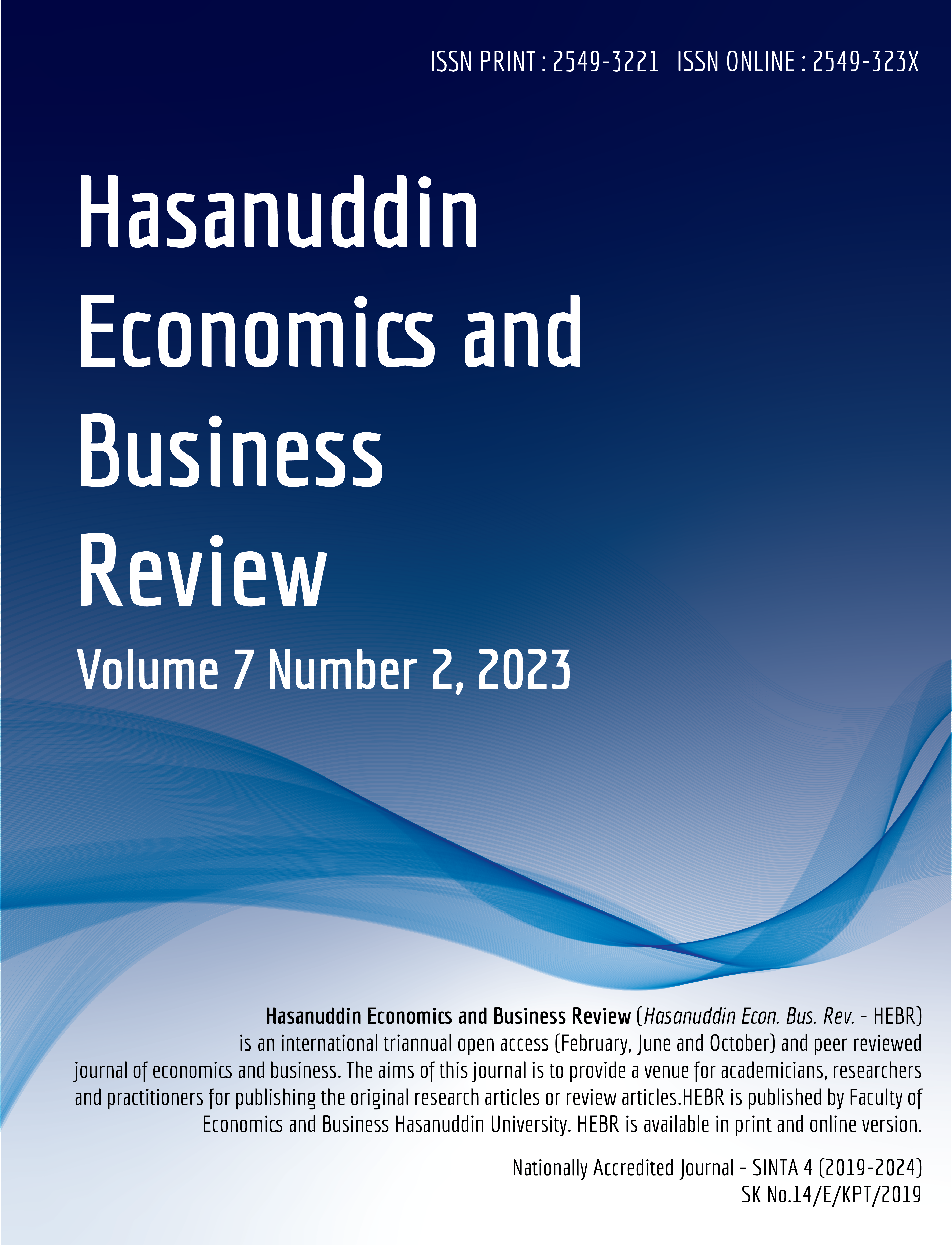Abstract
This research paper explores the advantages of artificial intelligence (AI) in operational decision making, focusing on the analysis of production processes, supply chains, and resources. The research highlights several advantages of AI in operational decision making. It empowers organizations to make data-driven decisions, reducing reliance on human intuition and biases. AI technologies can process vast amounts of data in real-time, enabling timely decision-making and facilitating agile operations. Moreover, AI can learn from historical data and continuously improve decision-making processes, leading to enhanced performance over time. The research method employed in this study is utilizing literature review as the data collection method. The literature review involved searching for relevant theories and examining findings from previous researchers, which served as the foundation for developing the analysis to discuss the research outcomes. This research underscores the significant advantages of AI in operational decision making, specifically in the areas of production processes, supply chains, and resource management. By leveraging AI technologies, organizations can achieve improved efficiency, reduced costs, and better overall performance. The findings of this study contribute to a better understanding of the transformative potential of AI and encourage its adoption in various operational domains.Authors who publish in this journal agree to the following terms:
- The journal holds the copyright for each article published with work licensed simultaneously under a Creative Commons Attribution 4.0 International License, which allows others to share the work with an acknowledgement of the authorship and early publication of the work in this journal.
- Authors must agree to the copyright transfer agreement by checking the Copyright Notice column at the initial stage when submitting the article.

